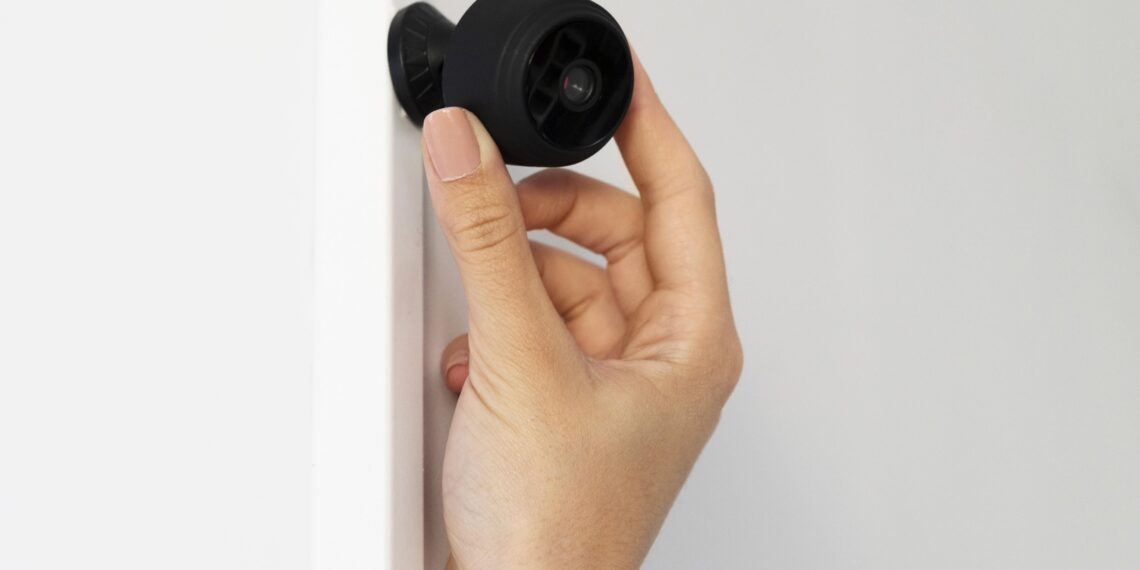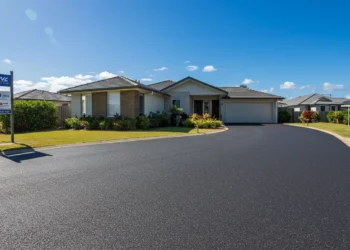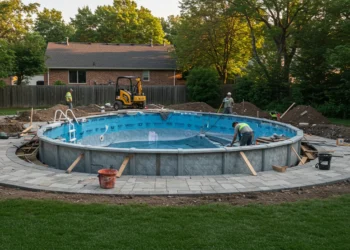Security cameras are invaluable assets for safeguarding your home, as they afford the ability to monitor and document any occurrences within and around your property. Yet, their efficacy hinges greatly on where they are positioned. This article aims to furnish readers with an exhaustive guide on determining the number of security cameras for your home and optimal placement of cameras within the household, thereby enhancing the overall safety and security measures. By strategically situating cameras, homeowners can effectively fortify their defenses, ensuring comprehensiveness.
Understanding Camera Placement Importance
Knowing where to place your security cameras is pivotal as it directly affects the capability and efficiency of your system. A well-placed camera can potentially deter criminals, provide evidence if a crime occurs, allow real-time monitoring, and ensure the safety of your loved ones.
On the contrary, poorly positioned cameras might fail to capture important events or critical areas of your property, leaving it vulnerable to criminal activities. Hence, the placement debates necessitate finding locations that can capture the widest angles and the most critical areas of your property.
Front and Back Doors Placement
Begin by installing security cameras at the primary entry points of your residence, namely the front and back doors. Statistics indicate that approximately 34% of burglars gain access through the front door, while 22% exploit the back door.
Mount these cameras at elevated positions, angled downward, to deter potential tampering. Optimal placement should consider sources of illumination throughout both daylight and nighttime hours to guarantee the cameras capture crisp and clear imagery, enhancing their effectiveness in monitoring and deterring unauthorized access or suspicious activity.
Living Room or Common Spaces

Burglars typically target easily transportable and valuable possessions like electronics, cash, and jewelry, commonly located in living rooms or communal spaces. Placing cameras in these areas enables the capture of any suspicious activity, aiding in the identification of intruders and the recovery of stolen items.
However, it’s crucial to position the cameras thoughtfully to avoid encroaching on the privacy of you and your family. By striking a balance between security and privacy concerns, homeowners can effectively utilize surveillance technology to safeguard their belongings and loved ones without compromising personal boundaries.
First Floor Windows
Following the front and back doors, burglars often target first-floor windows as alternative entry points. Install cameras strategically, directing their view towards any first-floor windows concealed from street visibility, as these areas are prime targets for unlawful intrusion. In such cases, consider placing indoor cameras on window sills to provide comprehensive coverage.
This approach ensures surveillance extends beyond conventional entryways, fortifying your home’s security measures and deterring potential intruders. By vigilantly monitoring vulnerable access points, homeowners can effectively bolster their defenses and safeguard their property against unauthorized entry and criminal activity.
Also Read: What are the best designs for Large windows?
Driveways and Garages
Driveways and garages are common repositories for valuable assets like vehicles, tools, and bicycles, making them prime targets for theft. Additionally, these areas often serve as alternative entry points into the home, underscoring the importance of their surveillance in bolstering overall security measures.
Strategically position cameras to provide comprehensive coverage of the entire driveway, including the garage’s interior and entrances, ensuring any suspicious activity is promptly detected and recorded. By effectively monitoring these vulnerable zones, homeowners can mitigate the risk of unauthorized access and safeguard their valuable possessions, thereby enhancing the overall security of their property.
Stairways or Hallways
In the event of an intruder gaining access to the house, their movements are typically directed towards locating valuable items. To effectively monitor internal activity, consider situating cameras in hallways or stairways, as these areas serve as natural pathways within the home.
Placing cameras strategically in these high-traffic zones allows for comprehensive surveillance, capturing the movement of any individuals within the premises. By monitoring these crucial areas, homeowners can swiftly detect and respond to unauthorized activity, bolstering the overall security measures and ensuring the protection of valuable belongings and the safety of occupants within the household.
With an appreciation for the critical role of optimal camera positioning, the fundamental query emerges: what quantity of security cameras is genuinely requisite for comprehensive home security? This inquiry delves beyond mere technicality, extending into the realm of strategic planning essential for safeguarding one’s property and loved ones. It underscores the necessity for a thoughtful balance between surveillance coverage and practicality, recognizing that each residence possesses its own unique layout, vulnerabilities, and security imperatives.
Final Thoughts
Proper placement of security cameras is key to maximizing your home security. Determining potential vulnerable points in your home and positioning the cameras to cover these areas ensures that you capture significant activities and deter potential criminals.
Not just the placement, opting for the right number of cameras, is also equally important as mentioned in our guide. Remember, falling short on security cameras leaves blind spots, while extra cameras could unnecessarily invade your privacy.








